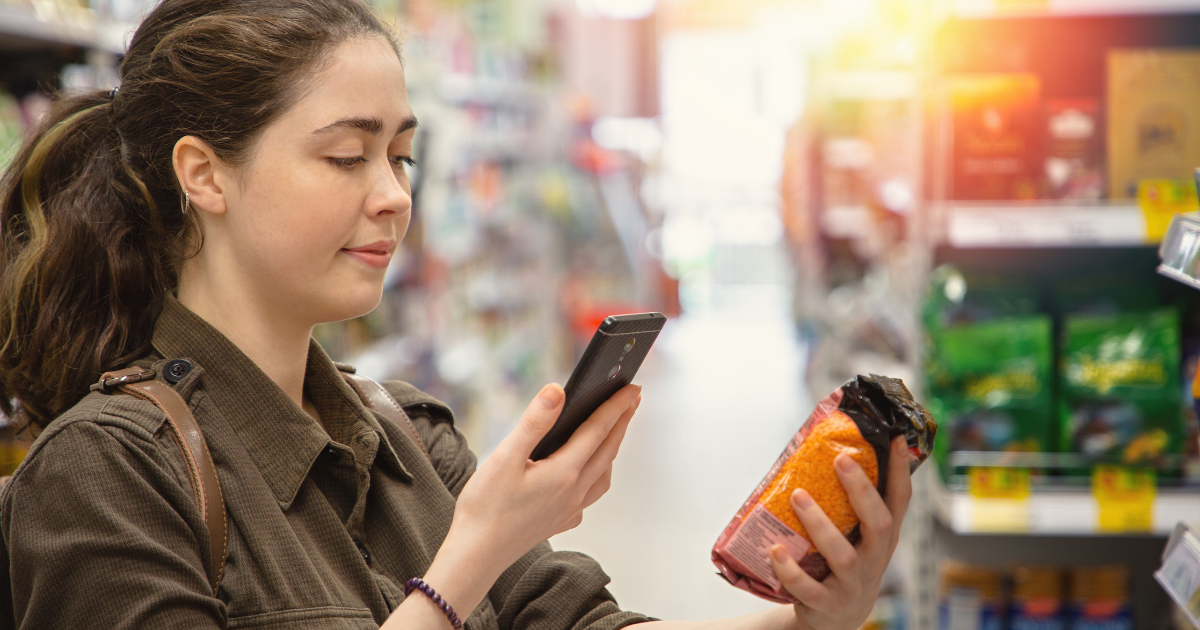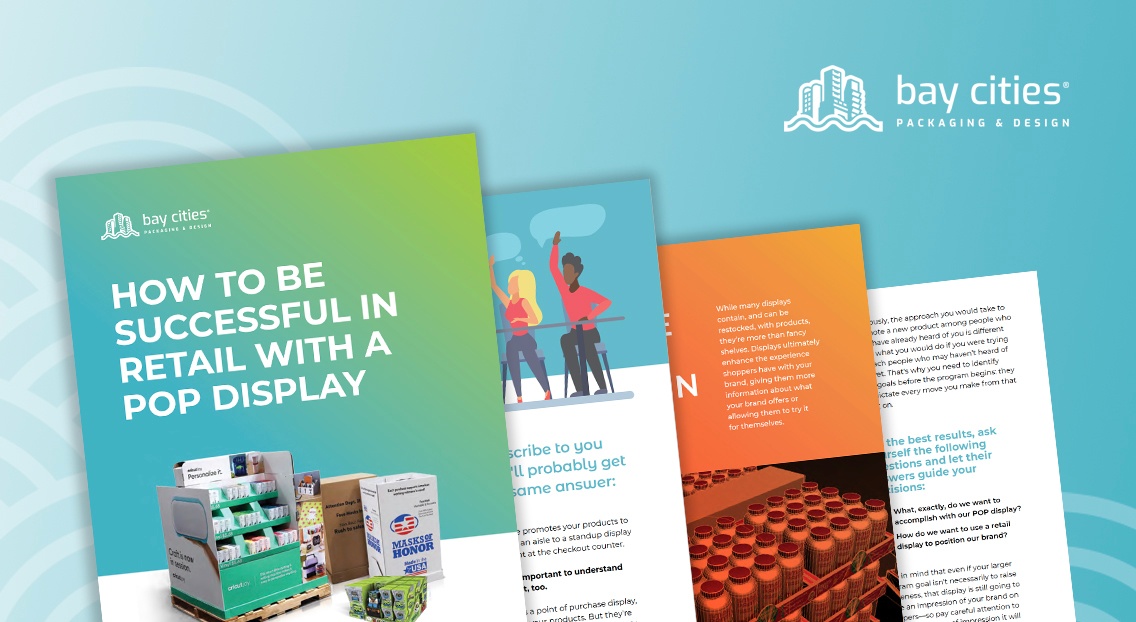Your customers already have their smartphones in their hands on their shopping trips. So why not give them a powerful tool to help them get the information they need when they need it? That's where QR codes come in.
Read on for a closer look at the topic of QR codes in retail, including how to use them to improve the consumer experience and boost your bottom line.
What are QR Codes?
QR codes, or “quick response codes,” are a type of barcode that can be read quickly and easily by digital devices. They store significantly more information than standard one-dimensional barcodes because they store data horizontally and vertically.
OQ codes can store many data types, including URLs, contact information, calendar data, geo locations, and up to 4,000 plain text characters. While you may have downloaded a special app to read QR codes in the past, newer digital devices have built-in QR scanners—putting the information you want to share with your customers literally at their fingertips.
While QR codes aren’t new, their adoption took off during COVID-19 as many businesses endeavored to create touchless experiences for their consumers.
Opportunities for QR Codes in Retail
Retailers like Target, Walmart, Dollar General, CVS, and Whole Foods use QR codes for various purposes, including mobile payment, scan-and-go, cashierless checkout, and loyalty rewards.
QR codes are also increasingly used in retail to support consumer product exploration and comparison. When added to packaging or displays, brands can use QR codes to direct shoppers to their website, collect shoppers’ information, offer discounts and special promotions, solicit product reviews, support recurring orders, or raise brand awareness.
Given their vast potential, it’s not surprising that QR codes are part of the booming global intelligent packaging industry, which is anticipated to reach $2.5 billion in sales by 2025, according to multinational research provider Smithers.
The Benefits of QR Codes in Retail
Here are some of the benefits you — and your customers — will enjoy when you incorporate QR codes into your retail displays and packaging.
1. They’re quick, easy, and accurate
While typing in a URL in a mobile browser can be time-consuming and inconvenient, QR codes are fuss- and frustration-free.
2. They improve access to information
There’s only so much information you can include on product packaging or a display. With QR codes, your consumers gain access to a bounty of information that builds trust while supporting their journey.
3. They enhance the user experience
While print promotions are limited to words and photos, QR codes allow you to utilize rich content, such as videos, making for a much more engaging user experience.
4. They’re actionable and interactive.
QR codes allow customers to do everything from entering contests and registering for events to contributing feedback and downloading promotions.
5. They’re trackable
QR codes track scanning activity, so you’ll know how many people are scanning, when they’re scanning, where they’re scanning, and what actions they’re taking after scanning. These data analytics can help you best support the customer journey while optimizing future campaigns.
What to Avoid with QR Codes in Retail
While CR codes have tremendous value for consumers and retailers alike, maximizing their potential depends on avoiding certain pitfalls, including the following:
Sizing
If you’re working with small packaging, finding room for a QR code can be a challenge. Conversely, if you have a large display space, you want to make sure your QR code stands out. However, QR codes that are either too small or too big can be problematic because they can be hard to scan or become disfigured — taking the time to find the optimal size matters. Shopify recommends an optimal size for printed QR codes of a minimum of two inches by two inches.
Directing Users to a Poor Website
Web pages must deliver a positive mobile UX to best support the customer journey. Optimized and responsive web pages should have a clear call to action, engaging user interface, and clean design.
Directing Users to Auto-Play Media
Scanning a QR code in public only to be met with unexpectedly loud noise is not the desired experience. Furthermore, the media may not play at all in areas with poor connectivity. Opt for compelling website copy instead. If you feel that a media file must be included, consider auto-playing without sound or providing a warning so users can adjust their volume.
Improper Locations
Television ads and billboards can be ineffective due to their transiency — users may not be able to scan them in time. Packaging, displays, and store windows are all excellent locations for QR codes. Just make sure to place them at an easily scannable distance, and decent internet connectivity is available in the area.
If you’ve been putting off incorporating QR codes into your retail packaging or display because you think it’s not necessary or worth it, think again. When used correctly, they can be an invaluable resource for your customers—and a significant asset for your brand.
Interested in learning how to be successful in retail with a pop display? Click on the image below to download our FREE ebook, and learn more!



/BC_Logo2_White.png?width=300&height=83&name=BC_Logo2_White.png)